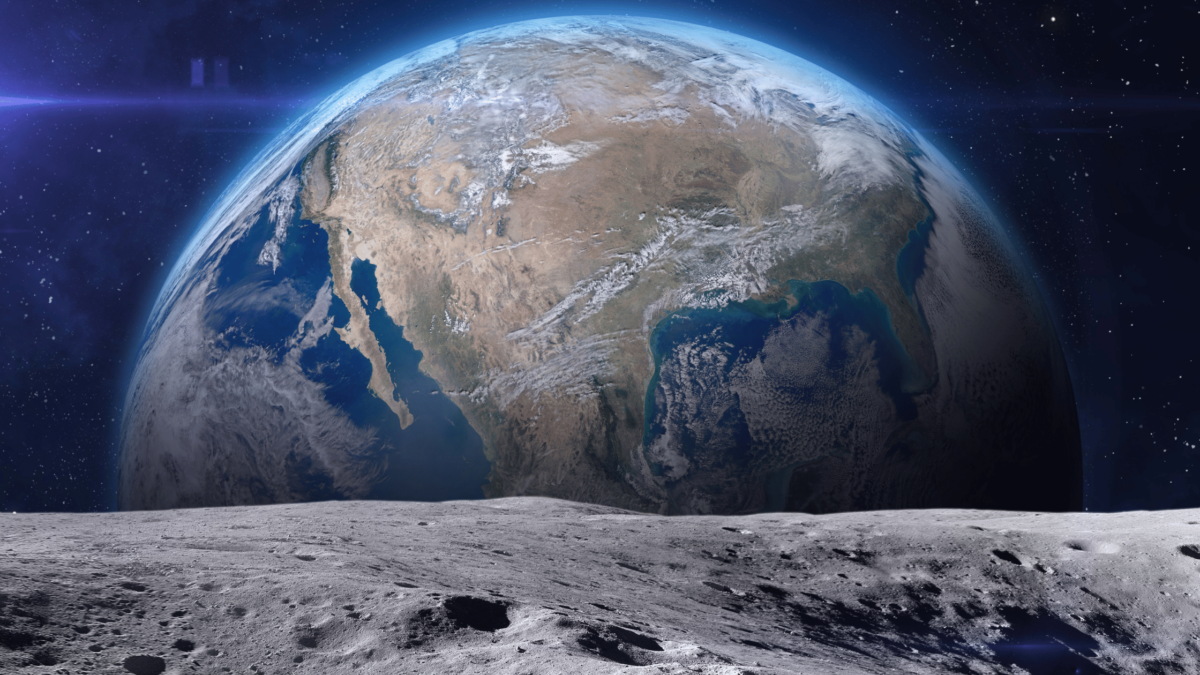Have you ever wondered what it might be like to live on a planet that is completely protected by water? Well,
A planet twice the size of earth has been discovered that may be covered by ocean

A Watery World Beyond Our Solar System
Have you ever wondered what it might be like to live on a planet that is completely protected by water? Well,
one of these global may additionally exist in our galaxy and it is not too far from us. Scientists have recently found a unprecedented exoplanet that is almost twice the dimensions of Earth and could be an ocean planet.
The Hunt for Exoplanets
An exoplanet is a planet that orbits a star other than our Sun. some distance, astronomers have detected extra than five 5,300 exoplanets, however maximum of them are both too massive or too small to be much like Earth.
However, there’s a small organization of exoplanets which can be between 1.5 and 2 times the radius of Earth, and they are very interesting to study because they could help us understand how planets form and evolve.
Meet TOI-733b: A Giant in Aquarius
One of these exoplanets is TOI-733b, which became observed by using NASA’s Transiting Exoplanet Survey Satellite (TESS) in 2020. TESS is a space telescope that looks for tiny dips within the brightness of stars as a result of planets passing in front of them.
By measuring those dips, TESS can decide the scale and orbit of the planets.
Characteristics of TOI-733b
TOI-733b is located 245 light-years away from us, in the constellation of Aquarius. It orbits a star that is slightly smaller than our Sun, but much hotter and brighter.
TOI-733b completes one orbit around its star in just 4.9 days, which means it is very close to its star and receives a lot of radiation.
Unraveling the Mystery: Rocky Core or Ocean Paradise?
The researchers who studied TOI-733b used data from TESS and other telescopes to measure its mass and density.
They located that TOI-733b has a mass of approximately 6.5 instances that of Earth, and a density of about 2.4 grams per cubic centimeter.
This density is lower than that of Earth (5.5 grams in keeping with per cubic centimeter), but higher than that of water (1 gram per cubic in line with centimeter).

Two Scenarios, One Planet
What does this mean? Well,
there are two possible scenarios for TOI-733b. One is that it is a rocky planet that has lost most of its atmosphere due to the intense heat and radiation from its star.
This would make it a stripped core of a former mini-Neptune, a type of planet that is larger than Earth but smaller than Neptune and has a thick layer of gas around it.
Ocean World or Bare Rock? The Key Lies in the Atmosphere
The different scenario is that TOI-733b is an ocean planet, a kind of planet that has a skinny environment and a big amount of water on its surface and under it.
This might make it much like a number of the moons in our solar system, such as Europa or Enceladus, that are concept to have liquid water oceans below their icy crusts.
The Importance of Knowing: Habitability and Beyond
To distinguish between these two scenarios, the researchers need more data on the atmosphere of TOI-733b.
If it has a secondary atmosphere made of heavier elements, such as oxygen or carbon dioxide, then it could be an ocean planet with a steamy atmosphere. If it has no atmosphere at all, then it could be a bare rock with no water.
Implications for Planetary Science and Habitability
Why is this important?
Because locating whether or not TOI-733b is an ocean planet or not could have implications for our understanding of how planets form and change over time.
It could also inform us something approximately the habitability of such worlds.
Could there be existence within the oceans of TOI-733b? What type of existence paperwork could live on there?
How might they speak and evolve?
Exploring the Cosmos: The Future of Exoplanet Studies
These are fascinating questions that we may be capable to answer in the future, as we discover more exoplanets with new technologies and instruments.
TOI-733b is simply one example of the variety and complexity of the planets in our galaxy, and it shows us how plenty we still have to learn about them.
I hope you enjoyed this blog post and found it useful.
If you did, please share it with your friends and leave a comment below. Thanks for reading!


